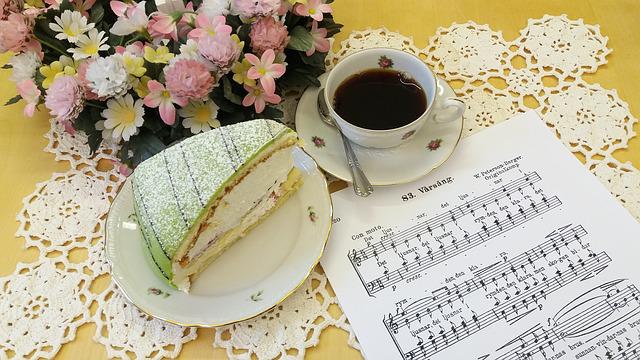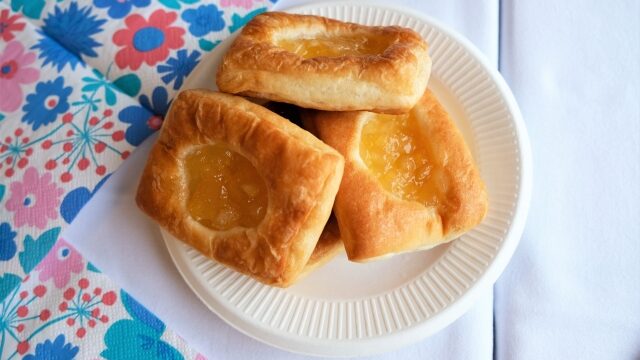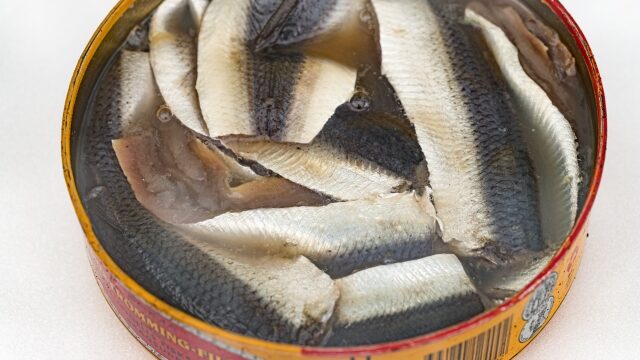There is a Western-style confectionery in Sweden called Princess Cake. The Princess Cake is a unique and cute cake covered with a green surface. In Sweden, it is so popular that it often appears on the table for birthdays. Moreover, there is an anecdote behind the name “Princess Cake,” which is related to the Swedish royal family. In this article, I will explain the history and details of the Swedish-originated Princess Cake.
What is Princess Cake?

Princess Cake (prinsesstårta) is characterized by its vivid green color and smooth dome-shaped appearance. This cake is said to have been invented in Sweden in the 1920s.
The name “princess (prinsess)” means “princess” in Swedish, and “tårta” means “cake.” Therefore, “prinsesstårta” translates directly to “princess cake,” and it is often called “princess cake” in English-speaking countries. As I will explain later, the origin of this name involves the Swedish royal family.
The identity of the green appearance is marzipan

The most significant feature of the Princess Cake is its vivid green-coated surface. This yellowish-green color is very impactful. The green sheet is made of thinly spread, colored marzipan.
Marzipan is a confectionery made by kneading almond flour (almond powder) and sugar. It can be molded freely like clay because it is semi-solid, so it is often used for decorating sweets.
When making a Princess Cake, you knead the marzipan and roll it out thinly and widely with a rolling pin. Then, when it becomes a sheet, you cover the previously made cake dough from above, wrapping it up. It is also common to place a rose-shaped confection on top of the Princess Cake, and this rose is made of pink-colored marzipan.
Moreover, the marzipan dough used for Princess Cake is traditionally green, but it comes in various colors, including pink and white. You can arrange the appearance according to the scene or mood, making it even more fun when making sweets.
The layered dough is also a key point
Inside the Princess Cake, coated with green marzipan, you will find layers of sponge cake, whipped cream, and custard cream piled up. In addition, fruit jams such as raspberry jam are sometimes added. The acidity of the raspberry jam tightens the sweetness, making it easier to eat.
The history of the Princess Cake’s birth
The birth of the Princess Cake dates back to the 1920s. At that time, a woman named Jenny Åkerström (1867-1957), who taught home economics in Stockholm, published a recipe for the Princess Cake in her 1929 cookbook, “Prinsessornas kokbok (Princess’s Recipe Book).” Various recipes had existed since the 19th century, but the recipe in Åkerström’s cookbook eventually became the standard for the Princess Cake.
Furthermore, the daughters of Prince Carl of Sweden (Oscar Carl Wilhelm), Princess Astrid, Princess Margaretha, and Princess Märtha, attended Åkerström’s classes. They loved this cake and called it “grön tårta,” which means “green cake.” However, as the three princesses enjoyed the cake, it became known as the “prinsesstårta” or “princess cake.”
Conclusion
The Princess Cake is a unique cake originating from Sweden, characterized by its surface covered in green marzipan. The publication of Jenny Åkerström’s “Princess’s Recipe Book” in 1929 became the catalyst for the creation of the Princess Cake.
The name “prinsesstårta,” which means “princess cake” in Swedish, is said to have originated from the fact that it was the favorite cake of the three Swedish royal princesses. Today, the Princess Cake remains a representative confectionery in Sweden, cherished as an indispensable part of events such as birthdays.





